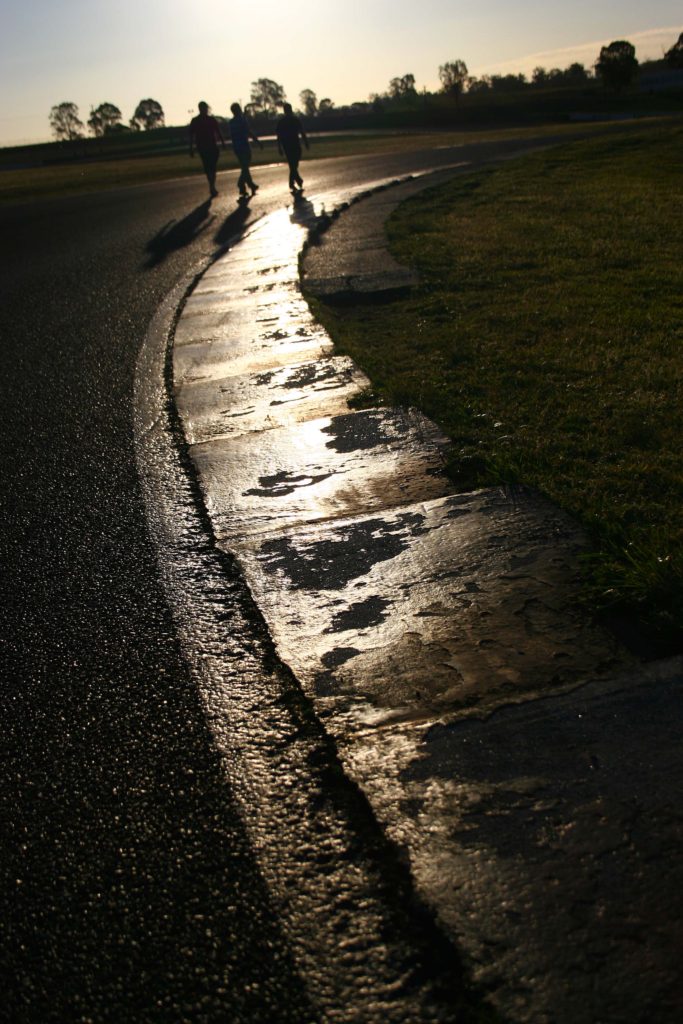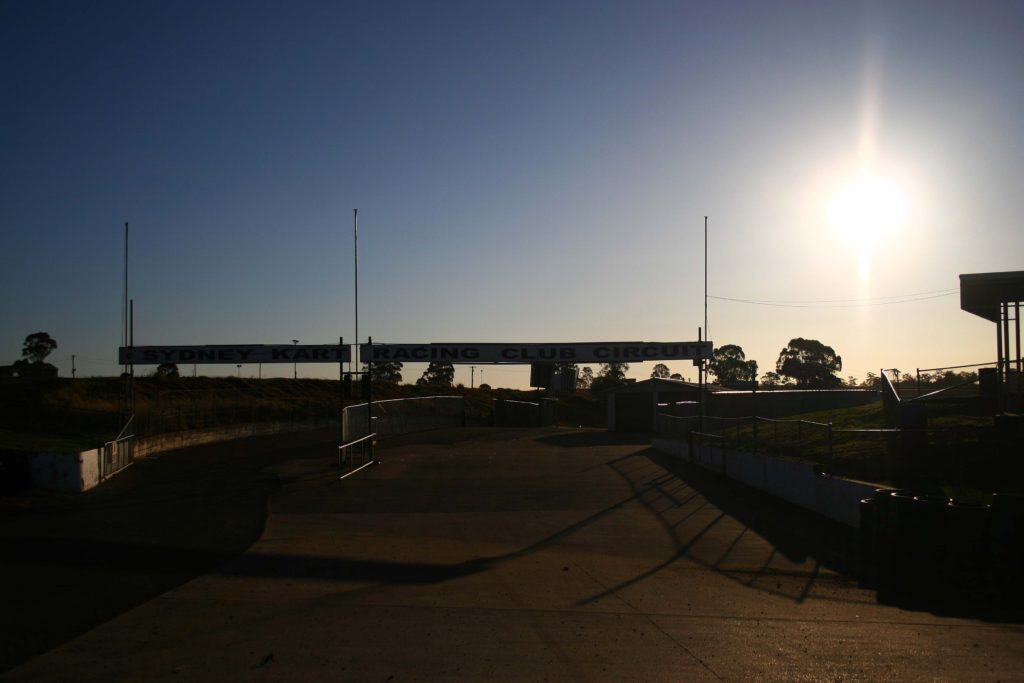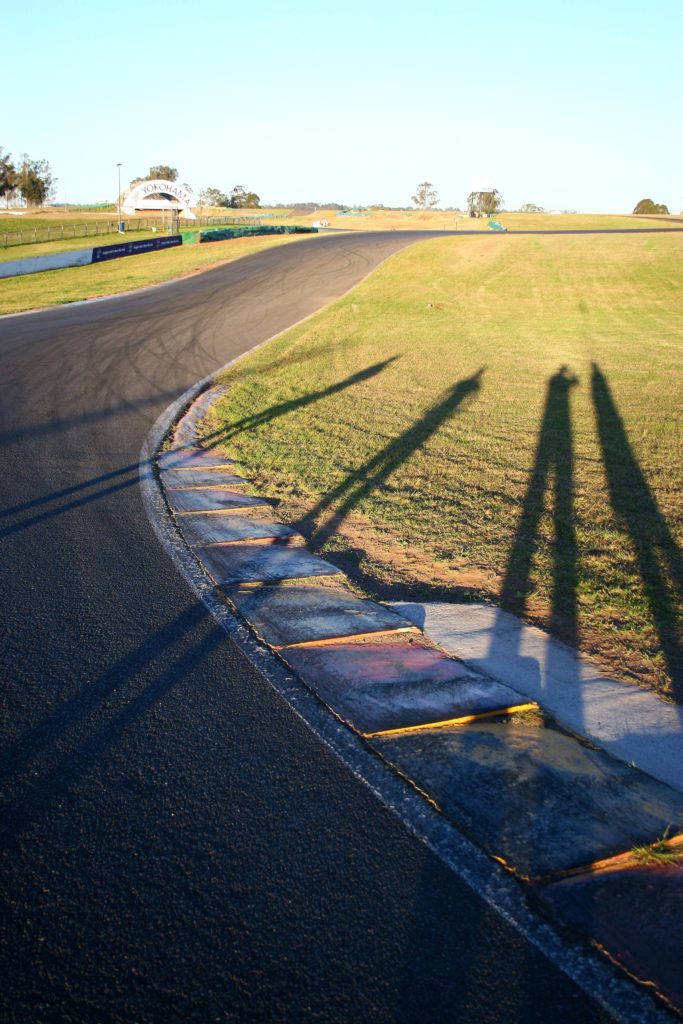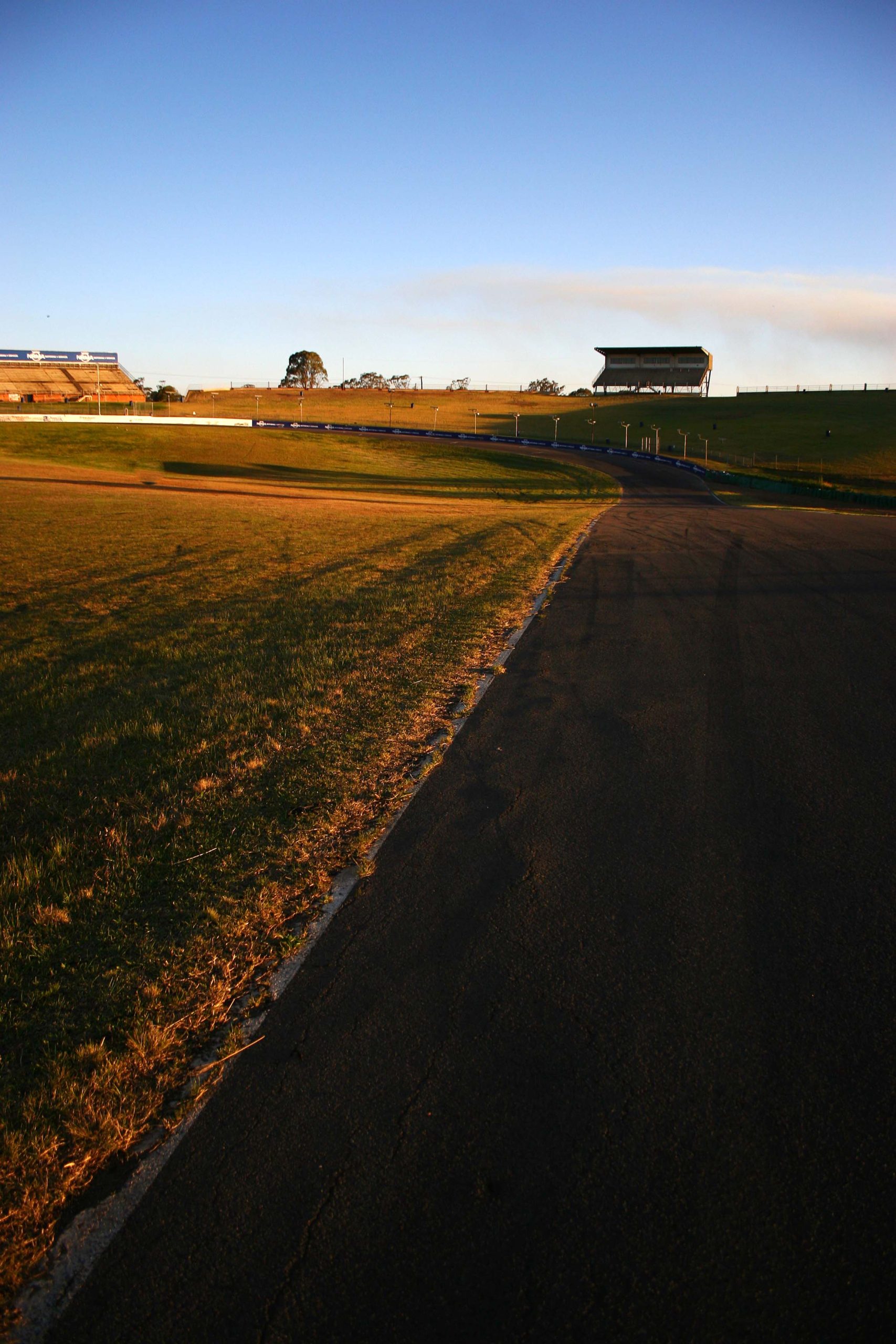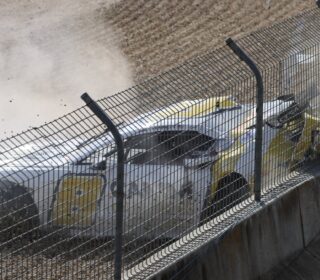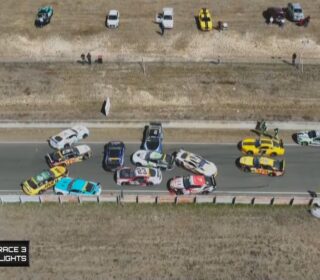THE LAST WALK IN THE (ORAN) PARK
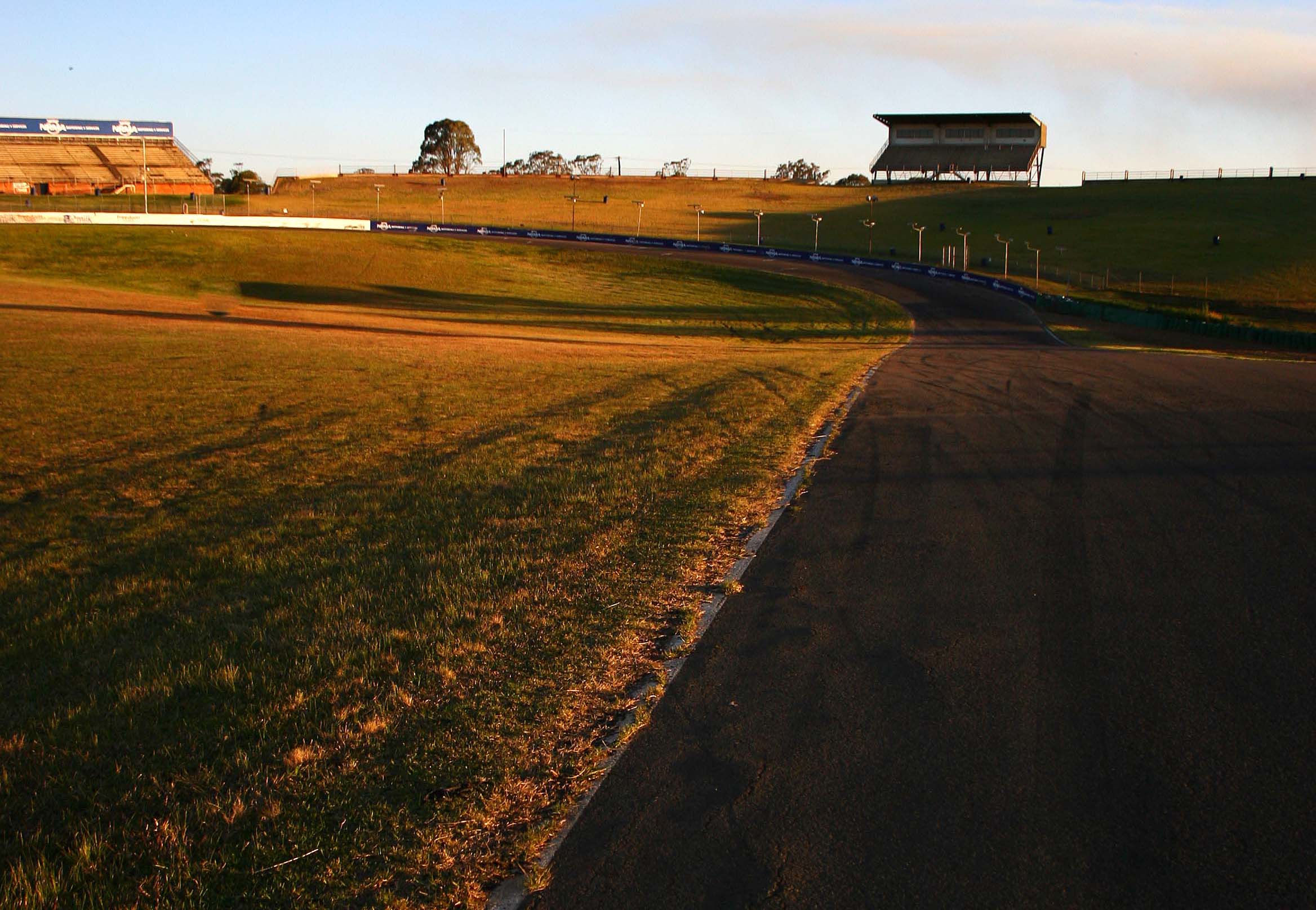
AS THE ESeries prepares to bring Oran Park back to the forefront, we remember a final chance to wander the famous facility during a quiet moment in the midst of it’s final ever national-level event back in 2009.
WORDS & PHOTOS: Richard Craill
IF SYDNEY does something right, it’s the clear, crisp sunny days in late Winter when the afternoon light becomes golden as the air starts to add a layer of chill to otherwise warm, at least relative to the season, conditions.
It was exactly that kind of afternoon that greeted us for what would be our last up-close look at Oran Park on Friday, 28 August 2009.
The late Winter’s date would prove to be the last national-championship level event held at the famous circuit in Sydney’s South-West. Following several more state-level and club events later that year, the circuit would close for good in early 2010. A year later, it was gone completely; overcome with houses as Sydney’s sprawl edged further West.
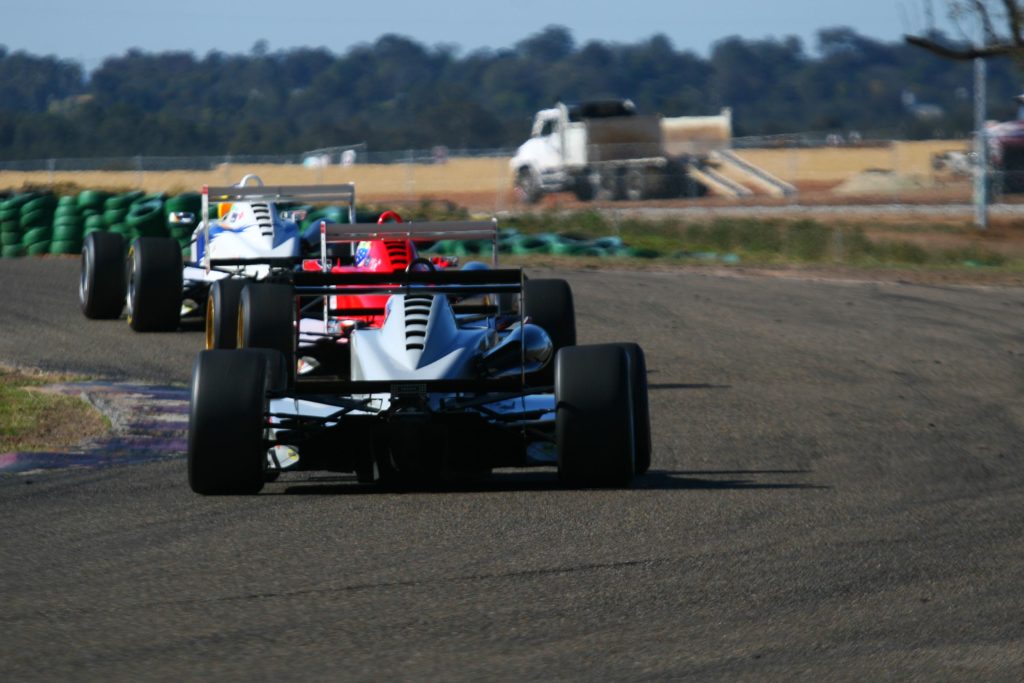
As far as events go, it was rather good. Formula 3 was a headliner and in the midst of a furious title battle between Tim Macrow and Joey Foster, in the fight for the Gold Star. Few cars had ever been quicker around Oran Park than a Formula 3 car (the flowing nature made up for the lack of horsepower) so it seemed appropriate – especially for a wings ‘n slicks fan – to have those cars there at the time.
The Sports Sedans were there with a big field, V8 Touring Cars were growing, Aussie Racing Cars would always put on a show as would Saloon Cars and a small yet decent grid of Production Cars. It was a good mixture.
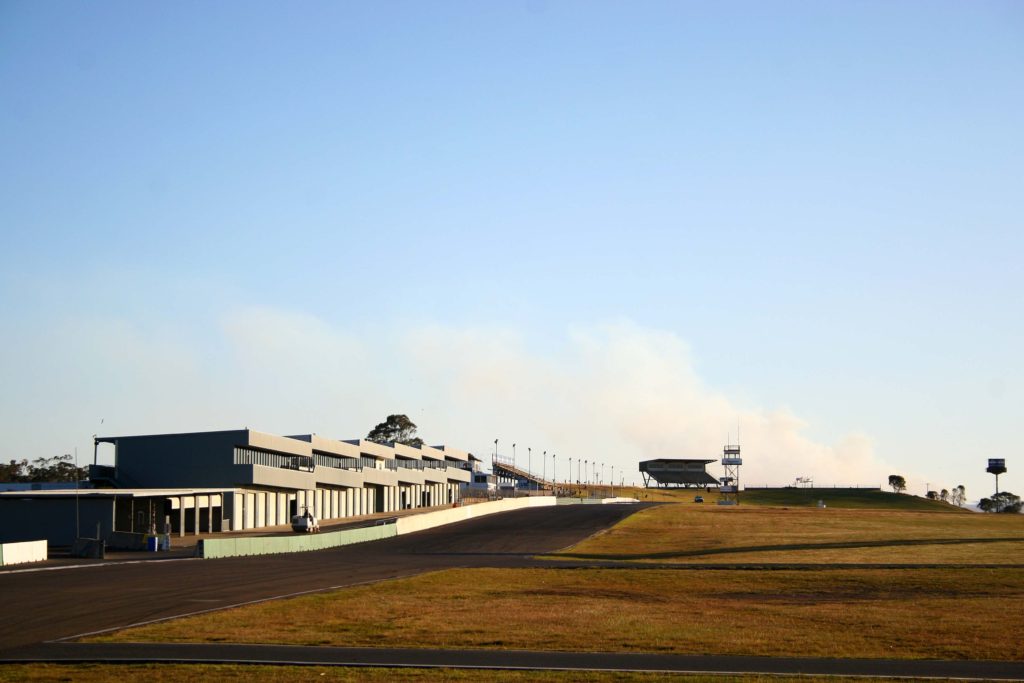
When Practice was finished on Friday, the opportunity to go for a final wander of the glorious, undulating 2.6km circuit seemed too good to not grab – a chance to take in the details of a circuit with more history than most in Australia before they were consigned to the bulldozers.
As a circuit, I’d always felt closer to Oran Park than many of the others we’d visit each year. In 2003, it was the scene of my first hot lap in a racing car – PROACAR PR guru Chris Nixon was good enough to organise it when I’d mentioned, off-hand, that I’d be in Canberra visiting family at the time. It was well-worth the couple of hours up the Hume from the National Capital, as chats with Peter Brock, Greg Crick and others flowed as well.
From that moment on the circuit, one I’d grown up loving on TV, left an impression on yours truly.
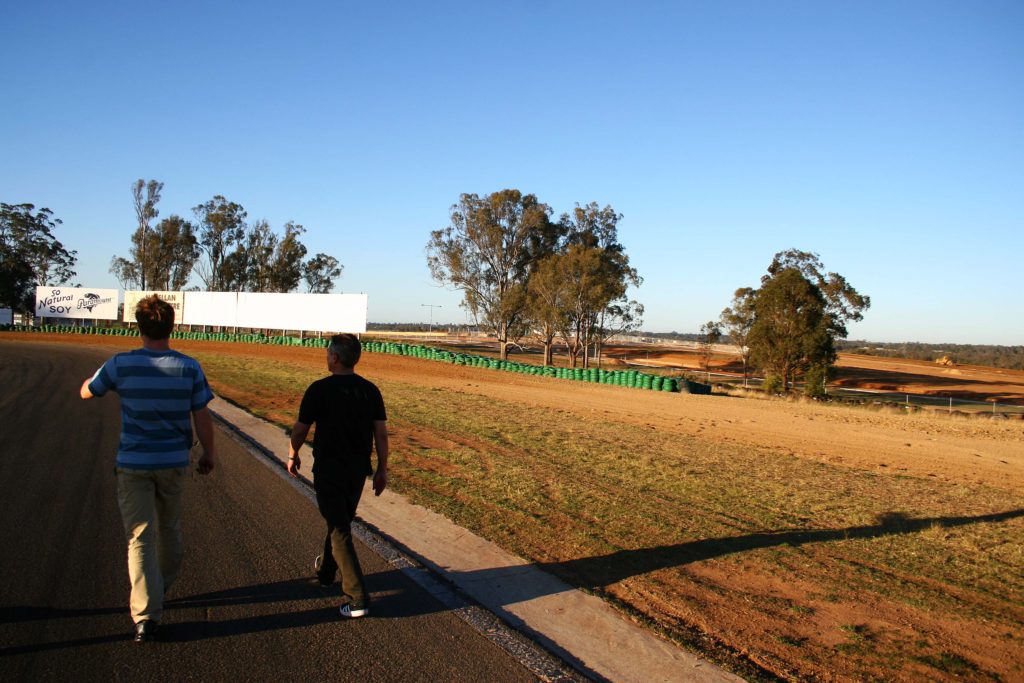
Others joining me for this Friday afternoon amble felt the same: though with arguably more reverence than I.
In 2007 the circuit was the scene for a remarkable Gold Star title decider as Tim Macrow rebounded from a crash in torrential Friday rain to win the championship – from the second row of the grid and third in points coming into the final race.
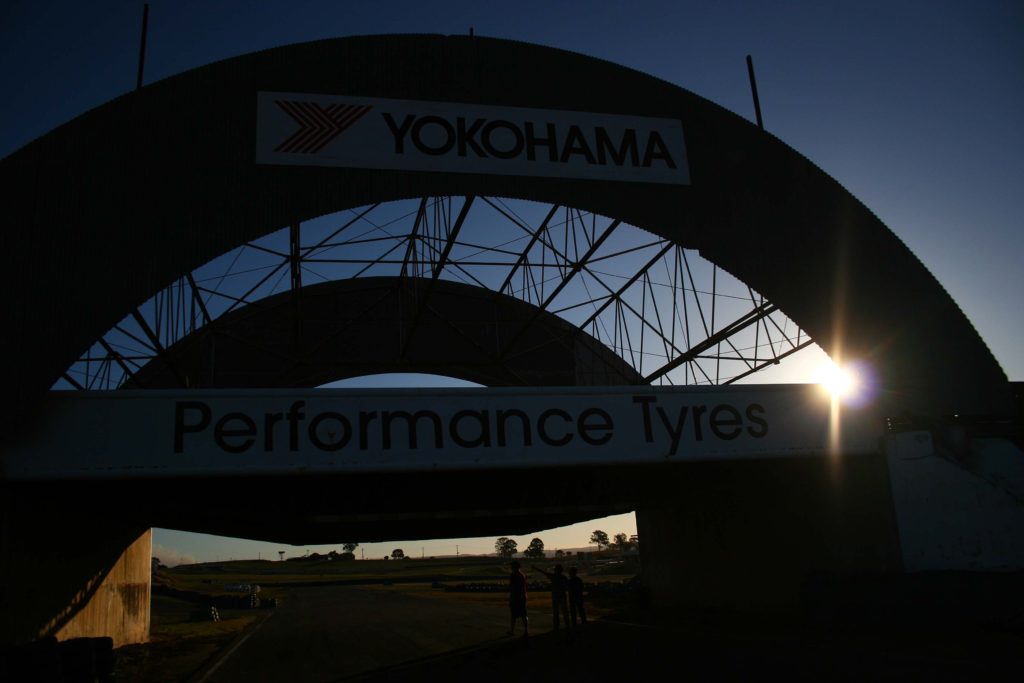
Macrow, who’s dad Pete also tasted plenty of success there, his engineer Barry Jones and English driver Peter Kalpakiotis, who had never seen the place before, were among one small group of a few others who chose to venture out of pit that afternoon.
For the drivers it was a chance to familiarise for the weekend ahead.. though for some it was unquestionably more than just that.
For me, it was a chance to soak in the history and try to capture some imagery that would at least try to do justice to the place.
Immediately you could sense the forthcoming change; the undulating farmland and bushland drivers would usually see as they accelerated towards the always challenging turn-one kink was long-gone, replaced by the vivid orange-brown cover of churned and flattened dirt.
Turn two was more of the same; behind a thinned-out thicket of Gum trees major construction was already underway of the new Oran Park Town Centre.
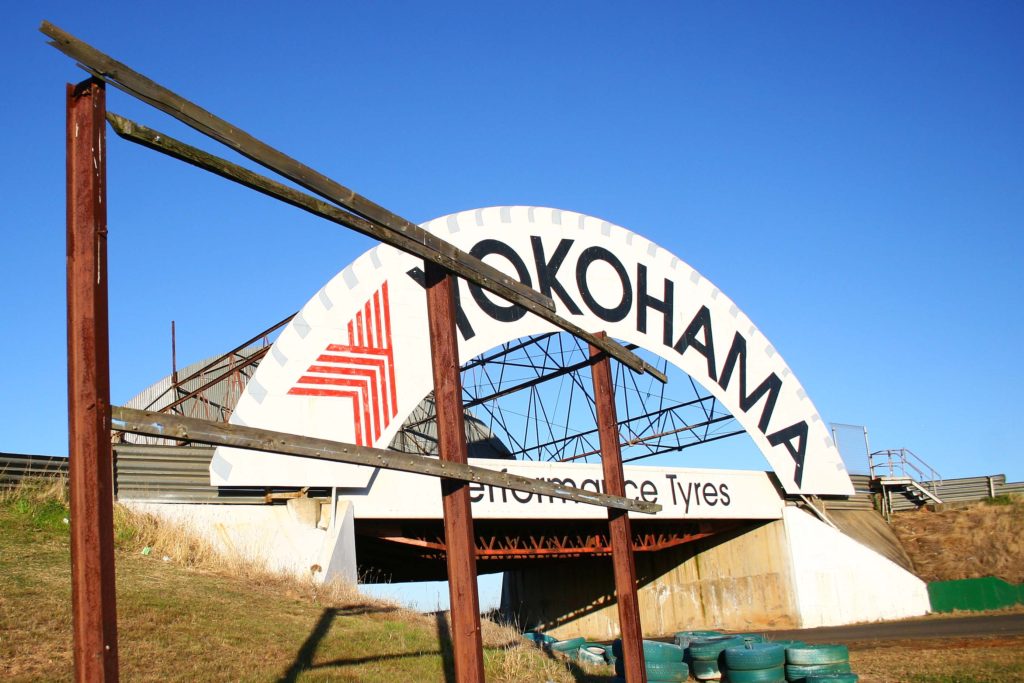
Still, the details of the circuit itself remained impressive. The Bridge was imposing, narrow and dark underneath before the short run to the right-hander at turn three. There, the various different bits of bitumen outlined the go-karting circuit and the loop motorcycles often took.
Everywhere, walls were tight, runoff minimal and the challenge high.
Over the bridge the blind nature of the following corner was instantly apparent. In a downforce car that corner was flat out on good rubber, but the level of commitment required to turn-in there was enormous; you simply couldn’t see the apex or, for that matter, the road until you were well on the other side of the bridge itself.
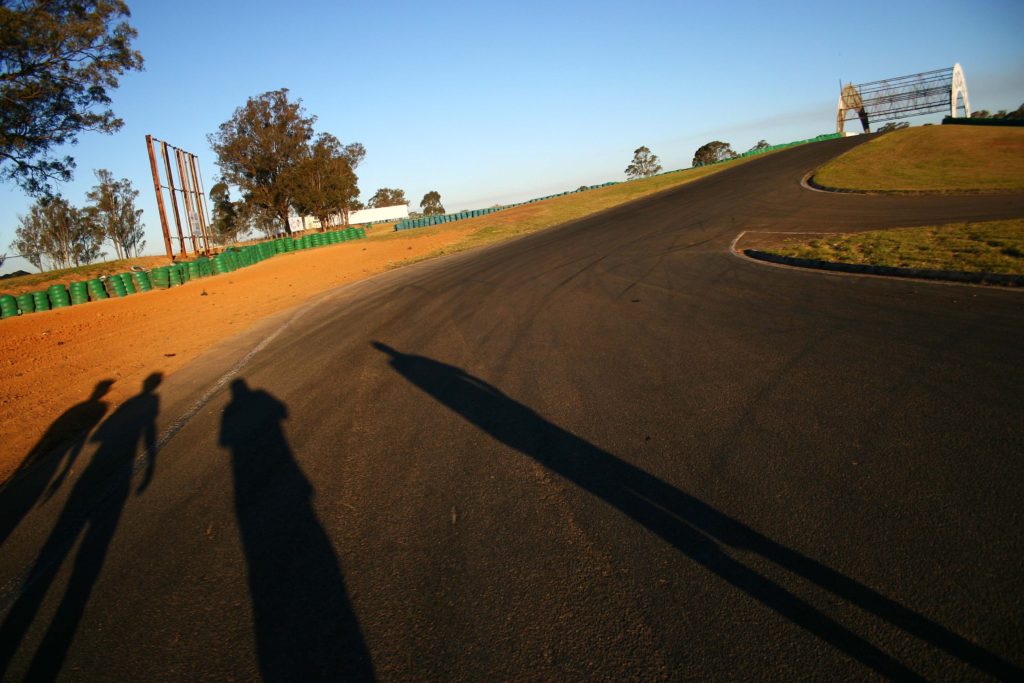
From there the circuit opened up; faster, more flowing than the first third of the lap as the road plunged downhill with notable elevation change towards the famous Suttons corner, before climbing again up to the dogleg. More blind corners, more enormous commitment required.
The dip in the road before the final corner would always impress, as would the amphitheatre effect thanks to the massive spectator hill on the right-hand side. No wonder the place was so popular with spectators; you could see it all and yet be on top of the cars as they danced over the hill, under brakes, and then bushed the wall on the exit of the final corner, street-circuit style.
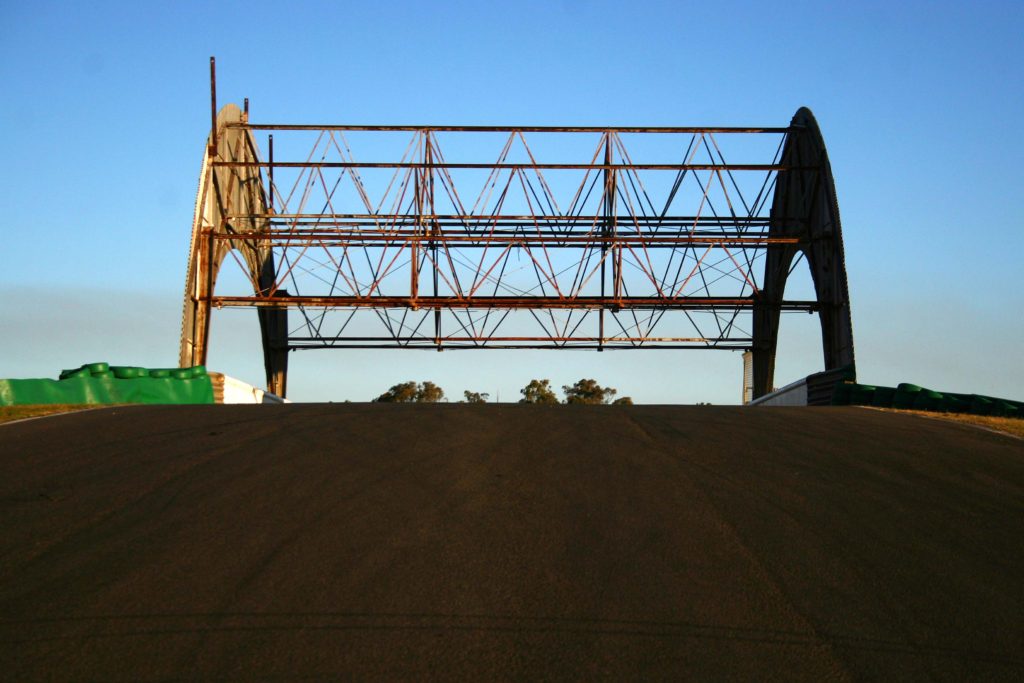
Like all great circuits, though, Oran Park was defined by so much more than the design, though those elements would become iconic. It was walking around history that made it special; knowing that all of the greats had raced there, succeeded there or endured challenging times.
Oran Park was a special circuit; the sport is unquestionably worse off without it. But that final hour or so on a quiet Friday afternoon; Golden sunlight bathing the circuit, the green grass and the surroundings off into the distance towards Sydney itself, seemed an appropriate epitaph.
A final walk in the park, as it were.
